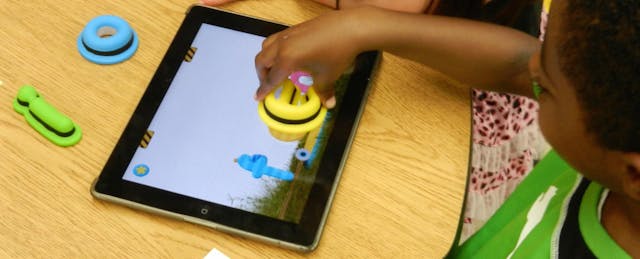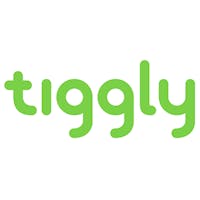Do you remember where you were when the iPad first came out? If you’re like most people, chances are you don’t remember it as vividly as the first iPhone release.
Me, though? I was ecstatic. It was 2010, and I had just begun my doctorate in Cognitive Studies in Education at Teachers College, Columbia University. My focus was on gesture-based learning. When I saw the iPad, the possibilities seemed endless.
Others saw something different, however. They saw a tantalizing device that attracted young children, and they saw those children spend more and more time on their tablets. Rather than focus on the opportunities associated with iPads and other tablets, the conversation quickly turned into a debate about the merits of “screen time.”
Two camps emerged. One voiced concerns about the negative effects of screens on children’s development. Another tried to change the debate from “are iPads good or bad?” to “how can we leverage iPads to provide a better play and learning experience?” I was firmly in the second camp; I always believed apps had the potential to be beneficial for kids.
However, even the most well-designed apps suffer from the absence of classic, hands-on play that is so fundamental to every child’s development. More than seventy years of research tells us that tactile play with blocks and puzzles is an important factor in developing motor skills, spatial, mathematical, and scientific thinking. It’s an argument even an app enthusiast like me cannot deny.
BUT! (It’s a big but!) Learning is not guaranteed through simple interactions with tactile toys. Digital tools, on the other hand, can help deliver and curate children’s learning experiences while they interact with blocks and puzzles--offering language input, guidance, and feedback.
In the past few years, the edtech industry has begun to bridge this physical-digital divide. At Tiggly, we are focused on combining the benefits of tactile play with those of digital tools to enhance children’s learning. By using our manipulatives--tangible shapes, letters, numbers--with a tablet screen, children can do things not possible with either blocks or apps alone.
In our experience, teachers are very excited about the possibility of bringing tactile play into the digital learning experience, in part as a solution to screen time concerns. But, does it really work?
Several recent studies suggest that it does. Researchers from Carnegie Mellon University found that young students learn better, and are more engaged in their learning, when virtual and physical worlds are combined. In their study, elementary school children played a virtual physics game called “EarthShake”--some with a physical component (moving a switch or shaking the screen) and some not. Children who played the physical versions of the game learned almost five times more than those using the digital-only alternative.
Other researchers have had similar results using Tiggly products. A study at Lewis and Clark found that three-year-olds significantly improved their shape recognition when using our learning tools in conjunction with a drawing app compared with children that used the app alone. In a third study conducted by PlayCollective research lab, kindergartners using our math manipulatives and apps for two weeks saw a 71% improvement in early number skills compared to children using the apps without the physical component.
Buttressed by this research, I can confidently say the time we live in now is even more exciting than the world that welcome the iPad in 2010. Academia, industry, and the education system are investigating new possibilities of combining real and virtual worlds to create better learning experiences. The last five years constitute only the beginning of such synergies. I can’t wait to see what 2020 will bring!



